The amount of longing that we had about seeing our name in a book-cover when we were children and young adults might have subsided with the advent of screens of various dimensions – but still – a book is a book…is a book.
It’s probably safe to presume every writer, and those who think they can write, still want to write books; and sell them, if possible. It makes sense for budding screenwriters too, as when it comes to screenwriting, there are many ideas that started with writing a book, which turned into a screenplay; the reverse is also true.
However, the way books are being written and published is changing; and writers have to stay ahead of those changes, or at least follow the stream, to stay anywhere in the race.
This realization took me to Shantanu Guha Ray, my ex-boss at Ideastreamz and colleague at the India Today group. An award winning investigative journalist, he is one of the most prolific non-fiction book writers of recent times.
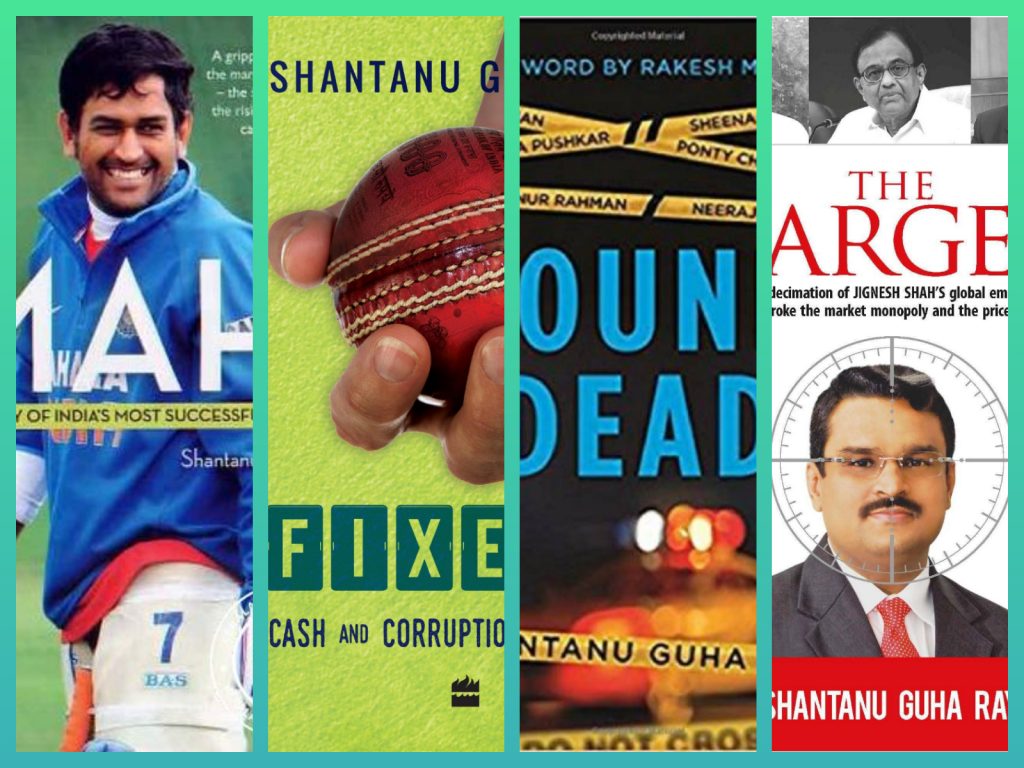
Shantanu told me, when you think of a book, you have two options.
First, ask yourself, do you want to self-publish it? In Shantanu’s opinion that is the best thing to do now. The other option, the classical one, is to find a publisher to publish your book; in that case, he says, work closely with the publisher to sell it.
That sounds practical.
It’s tough out there for book writing aspirants. Across the board, worldwide now, all publishers are telling writers – that irrespective of the number of literary fests that you go and the number of pictures you post on social media, it doesn’t help. Similarly, publishers are increasingly telling reporters that just because you have done a deep-dive investigation doesn’t mean that you can write a book.
Tough call!! Should we quit the idea, then?
Shantanu says – no. Don’t quit the notion –rather prepare well, understand the market, and make every step towards it count. That’s where our discussion led us to – about the kind of preparations a writer needs to take before he is ready to write a book.
More specifically, on investigative non-fiction, which is Shantanu’s forte.
Out his five books, two are absolutely deep-dive investigations; on Cricket Spot Fixing called ‘FIXED’ and also a book on Jignesh Shah’s career and the NSCL payment crisis – it’s called ‘THE TARGET’. Besides a book on M S Dhoni, he has also written one on unsolved murder mysteries. Some range, that …
What followed after this is a spate of discussions that I should allow to flow as it is – because I didn’t interrupt him either, while he was speaking.
I found the advice to be extremely practical and useful, for me; hope it helps you too.
HOW MANY WORDS ARE WE DEALING WITH HERE?
SHANTANU: “Journalists always have a problem; when they write books, they do not know how many words a book needs. A normal article usually doesn’t go beyond 2000 or 3000 words. I personally do not go beyond 2000 words because I believe in the last few years the tendency of people to read has gone down – and they don’t really care much for huge long form articles – like what the New Yorker does, or a Caravan would do.
So in a book, say each chapter needs about 8000 words; if you are doing 10 chapters, which means 80,000 words. The introduction is about 5000 to 3000 words – and a final thanksgiving kind of a thing, that’s about 1000 words. So we are looking at something to the tune of 85,000 to 90,000 words – only then a book gets into place.”
WRITING BOOKS IS NOT JOURNALISM
SHANTANU: “In my opinion, journalism and book-writing rarely go side by side. Book writing is a completely different zone.
I’ll give you a small example. I’ve just finished a book on diamonds. Honestly, we haven’t even launched the book – we have just started selling it. I was very happy to learn that my book has sold about 2000 copies, which is decent, and the company has earned about a lakh of rupees.
But then, the company had given me an advance of 1, 50,000 rupees. In that case the company is still down by 50,000 rupees. In a note, the company said, your sale is considered a positive sale – not a negative sale.
Now I am speaking to the Gems and Jewelry Export Promotion Council to buy another 5000 copies. I am speaking to some diamond merchants, asking them to buy another 5000 copies. So if I sell about 12,000 or 15,000 copies, I will be in a decently comfortable position – because I will earn some money from my royalty.
Now that’s not journalism; not by any definition…!!!
In case of books – it is up to the writer to help the publisher sell his books. If he or she doesn’t – then invariably the publisher gets into trouble; then they won’t push the book beyond a thousand copies.
Like I said; it’s a whole new ball game. “
EACH BOOK MUST HAVE A TRIGGER
SHANTANU: ” If you do not have the trigger, your book may not work.
Like I am researching a book in English on Uttam Kumar, the bangla movie icon. This is for the large Bengali crowd which continues to watch his movies, but don’t get to read much about him. So I went and met his second wife; before she died she gave me some information; so each of my chapter has about 1000 words of a unique story narrated by Supriya Choudhury.
So that is the hook I have.
In the Dhoni book the trigger was – a small town man making it big. Dhoni was the only cricket captain of India that came from Ranchi. Didn’t have a great background; and didn’t have some great push, like a Jagmohan Dalmiya, or N K P Salve. “
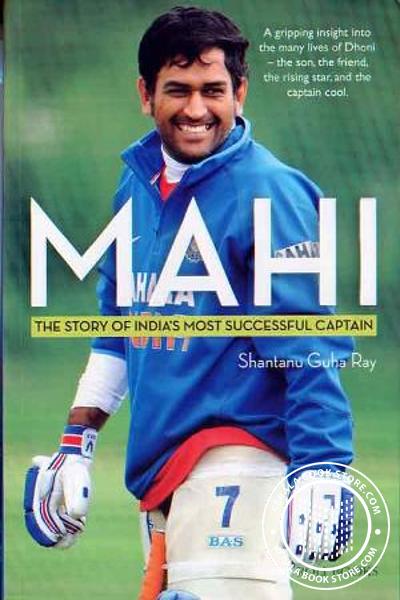
” That seemed like an exciting premise, so the story started from there.
What I did – my book has very little on Dhoni the cricketer, because everything on that is already in the public domain. Rather, my book has a lot about his family. People who worked with him; people who shaped his life, shaped his career and all of that.
Somewhere, the timing is also very important and vital.
I wrapped up the book at about the time India won the world cup in 2011 – and the market more than ready for a ‘personal’ book on Dhoni. “
TWO WORDS: TIME AND TOPICALITY
SHANTANU: ” While my book on Diamonds was about to be published, the Neerav Modi, Mehul Choksy, Jatin Mehta case erupted. So I added a chapter, which became the trigger.
This was not to the liking of the people who were bankrolling that venture.
They got a little upset and said – the Indian diamond story is not about these three guys – it’s much bigger than that. But I insisted; I told them – if you are writing about Indian history, you cannot cut out the assassination of Mahatma Gandhi. You can’t avoid that by saying – no we do not want to remember that.
These three diamond merchants have kept the book alive and topical. It continues to remain so – since Neerav Modi is in jail and Mehul Choksy and Jatin Mehta are absconding. Till the time all of them are brought to book this topicality will remain.
Then there will be a time to maybe do another chapter on them coming back and settling the cases. Till then the public interest on the book will stay.”
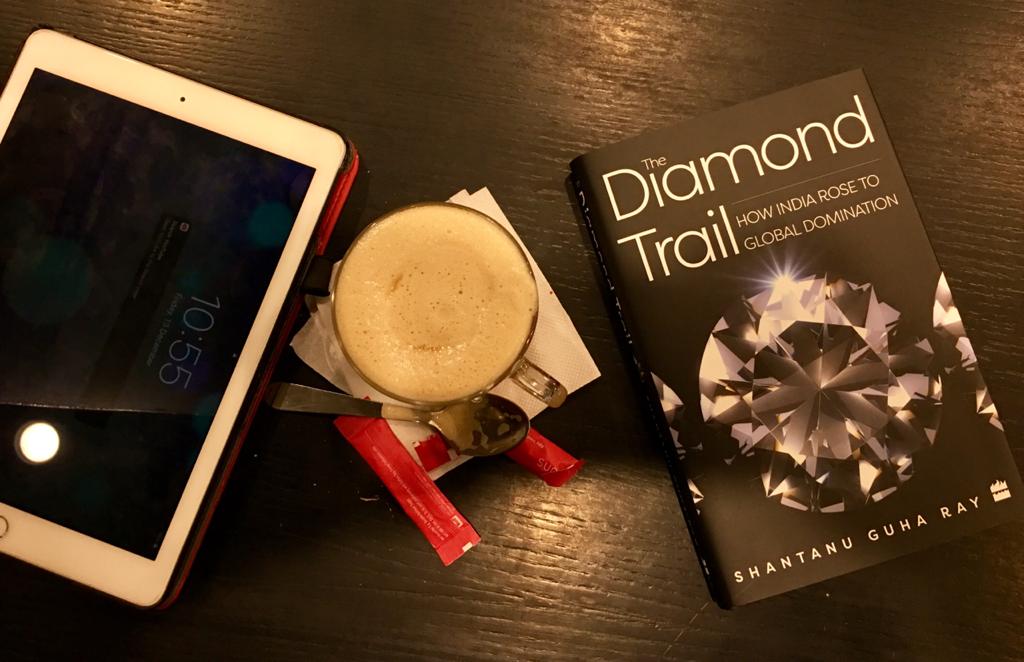
ONCE YOU HAVE THE ‘TRIGGER’ – JUST WRITE THE BOOK, BUT FAST.
SHANTANU: ” Two of my friends have written a book on sportswomen who have done great stuff in India; it’s a great book, but the problem is, they took about six years to write it.
Now there is an inherent issue there; in six years new women have come up in the stage – and I am really not keen to read the story of P T Usha anymore. I might want to know about Deepa Karmakar, but a book on her is already out in the market.
So a book-writer needs to be constantly on the guard; and he or she must try and write it up very fast. That’s because anything topical needs to be put fast. Anything historical – you can sit on your ass for five years and write a book. But for anything contemporary, you will need to retain the topicality or the trigger of the book.”
FINDING SOME SUPPORT IN RESEARCH HELPS
SHANTANU: ” I always hire a researcher. I give the researcher about 35-40,000 rupees and tell them, these are the 10 chapters, and for each chapter you must give me a background material of about 6000 words. So what I do, I start writing the copy from the top and write about 5000 fresh words; the next 3000 is nothing but the background, which is already there – in the domain.
So this means, when I write those chapters – in each chapter I add new meat. It’s like reporting for me – about 5000 words, and the rest is padding up. Of course I have to re-write this second section too, and add the reference points – I can’t do copy-paste.
So that is actually the way it works. No easy way out.”
IF THE BOOK GIVES YOU MILEAGE, DON’T WORRY ABOUT THE CASH
SHANTANU: ” I am working on another book on a parallel level – 10 ways in which Sri Sri Ravishankar changed the world. It’s a commissioned book by Art of Living – now they have just told me to write it – without mentioning how much they will pay me.
I sincerely hope they will pay me something – but the point I am making here is, sometimes the writers go ahead in view of the great mileage they are likely to derive out of the project. Consider the huge base of Art of Living – they will all buy the book, so invariably there will be a great revenue model. So in this kind of situations, the writer doesn’t really bother about the cash and just go ahead.
In any case, these days’ publishers hardly pay any cash to writers. There are only a handful of them – like Juggernaut or Penguin that might put in some money – rest of them are not putting enough money on the table.
That’s where it becomes very important for a writer to retain that trigger of acceptability among the people – who might buy the book.”
FINAL WORD OF ADVICE FOR YOUNG BOOK WRITERS
SHANTANU: ” No 1 is WHY.
Why should I write a book?
No 2, I must have a great TRIGGER. Remember, the trigger is what will make a publisher immediately sit up and take notice.
And No 3 – Do I have the TIME to do it? Many people say something but the eventually do not deliver. Publishers get very upset when that happens.
Many people are self-publishing their books – which is, in my opinion, much cheaper, and probably the best option. In that case we just tie up with the distributor – and the distributor distributes the book. In self-publishing – it costs you about 2-3 lakhs to say publish 1000 copies of a book.”
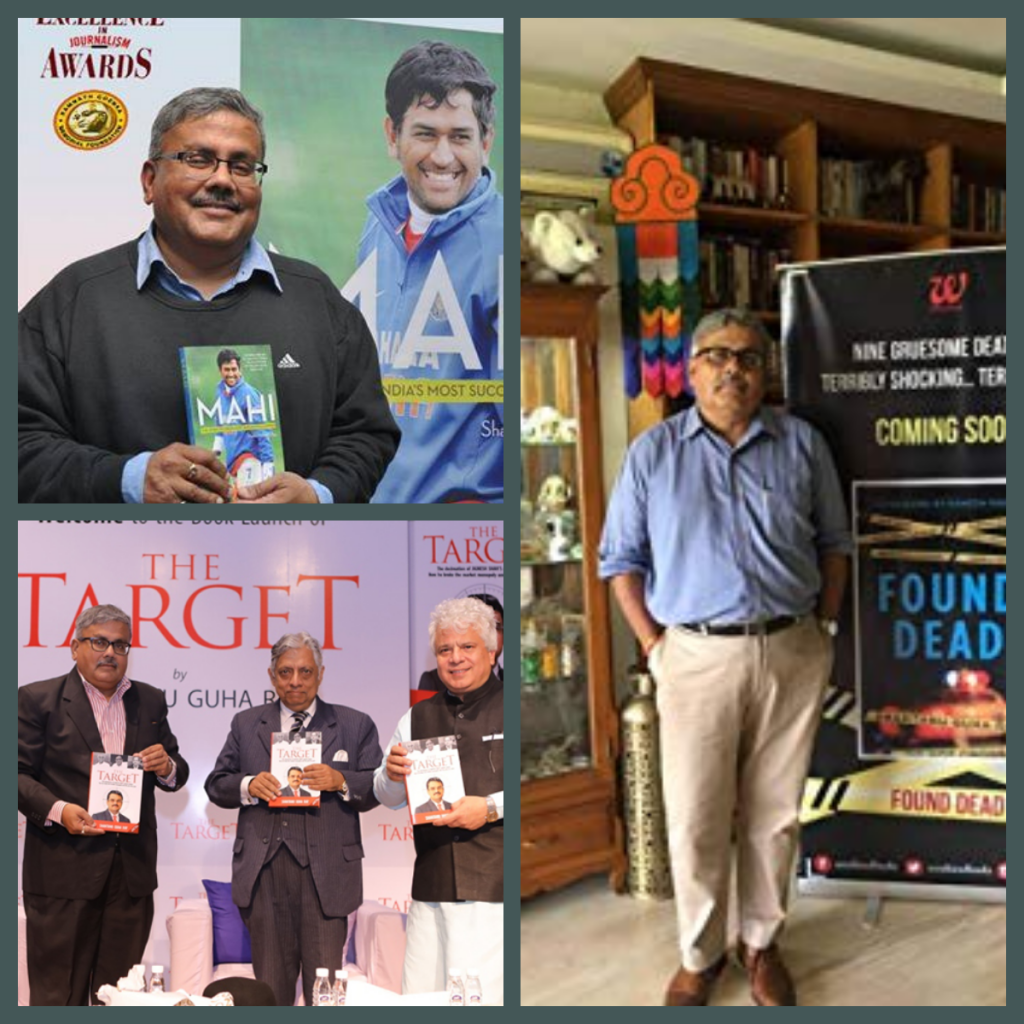
Our discussion ended with fond memories of Sonagachi, the infamous red light district of Kolkata. During the early phase of my career, while at BITV, I assisted Ananya Chatterjee, noted documentary film-maker. With her, I helped in at least two films that featured Sonagachi. One of the names I still remember – it was ‘Naajayaz’.
Later on, with dear friend Ishani K Dutta, a gender-activist film-maker with whom I now work – Sonagachi has returned to me every now and then.
And now, someone has approached Shantanu Guha Ray to do a book featuring those Sonagachi women – whose children have done exceptionally well despite their squalid circumstances. Like somebody has joined a Mcanzie, one has joined East Bengal Club and somebody got into the State Bank of India as a Manager…
Now that’s a book really worth waiting for; at least to me.
In these dark times, the success story of every marginalized human need to be celebrated. That’s the only way to face this overwhelming bigotry around us.
Hope is the only reason why we have not yet returned to the dark ages; so let’s keep hope alive; and let’s write books about those flames of optimism; lots of books.
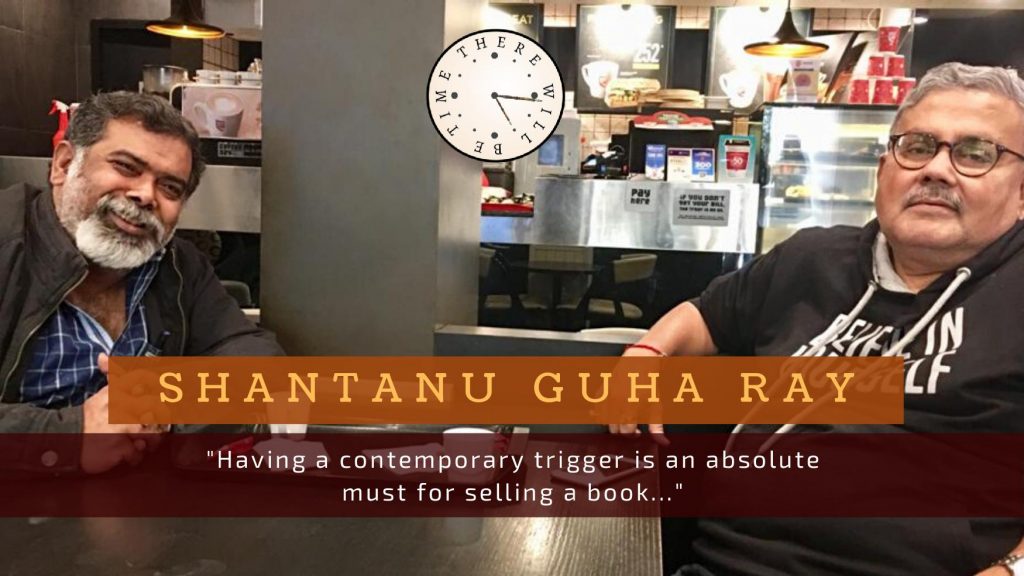

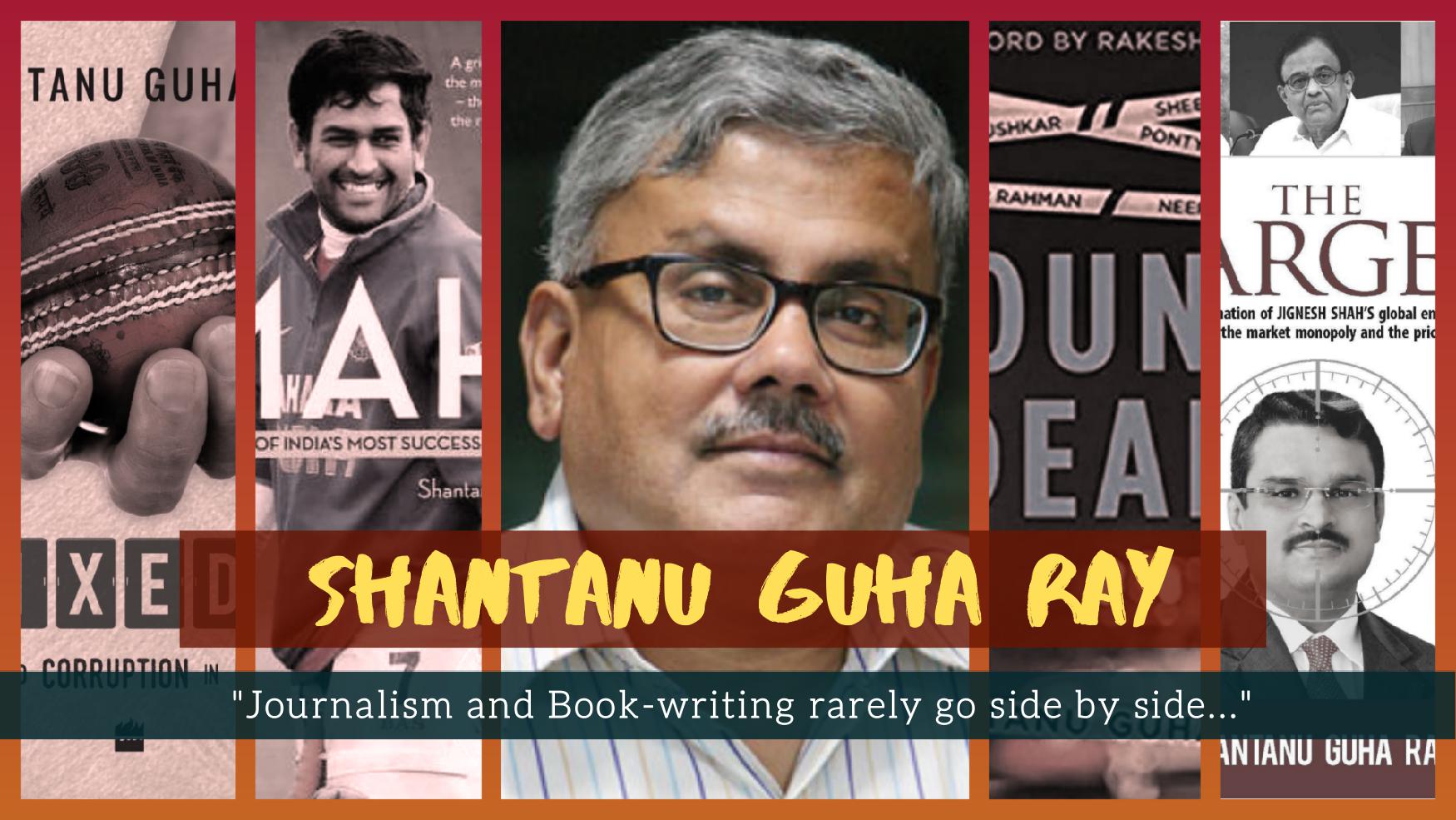
Great insight. May I suggest to do a piece on new publishing platforms.. like Amazon. Their model… they are far more approachable and willing… explore this topic if possible.
Yes. Amazon Kindle e-publishing. Will check that avenue.
Love this… Yes, time-relevance is essential for non-fiction books; and anticipation can really help a writer there…
So true. Unless you are planning to write a book that’s relevant to all eternity…but is there a book like that??